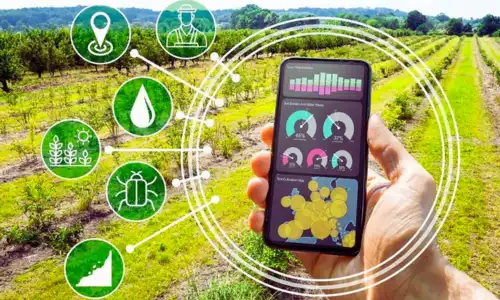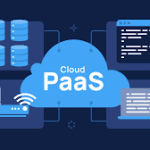Precision agriculture (also known as precision farming or smart farming) is a modern approach that utilizes technology to optimize agricultural practices, increase productivity, and reduce environmental impact. This article explores the fundamentals, technologies, benefits, challenges, and future trends of precision agriculture, highlighting its transformative impact on the agricultural industry.
Fundamentals of Precision Agriculture
Precision agriculture involves the use of advanced technologies and data analytics to enhance decision-making and resource management in farming. Key components include:
- Remote Sensing: Utilizing satellites, drones, and sensors to collect data on soil conditions, crop health, weather patterns, and other environmental factors.
- Geographic Information Systems (GIS): Mapping and spatial analysis tools to visualize data and make informed decisions about crop management and resource allocation.
- Global Positioning Systems (GPS): Tracking and monitoring equipment and vehicles, as well as guiding precision applications of fertilizers, pesticides, and irrigation.
- Data Analytics and Artificial Intelligence (AI): Analyzing large datasets to optimize planting, fertilization, irrigation schedules, and predict crop yields based on historical and real-time data.
Technologies in Precision Agriculture
- Variable Rate Technology (VRT): Adjusting input applications (such as seed, fertilizer, and pesticides) based on localized conditions and crop requirements to optimize yield and reduce waste.
- Precision Livestock Farming: Monitoring animal health, behavior, and productivity using sensors and IoT devices to improve welfare and efficiency in livestock operations.
- Autonomous Machinery: Deploying autonomous vehicles and robots for tasks such as planting, spraying, and harvesting, reducing labor costs and improving precision.
- Smart Irrigation Systems: Implementing sensors and real-time data analytics to optimize water usage, minimize water waste, and ensure optimal soil moisture levels.
Benefits of Precision Agriculture
- Increased Productivity: Maximizing crop yields through precise management of inputs and resources, leading to improved profitability for farmers.
- Resource Efficiency: Minimizing the use of water, fertilizers, pesticides, and energy through targeted applications based on real-time data and analysis.
- Environmental Sustainability: Reducing environmental impact, including soil erosion, water pollution, greenhouse gas emissions, and loss of biodiversity.
- Risk Mitigation: Enhancing resilience to climate variability and extreme weather events by adapting farming practices based on predictive analytics and early warning systems.
Challenges in Precision Agriculture
- Technological Adoption: Access to and affordability of advanced technologies, as well as training and support for farmers to effectively use and interpret data.
- Data Management and Integration: Handling large volumes of data from multiple sources and ensuring compatibility, security, and privacy in data sharing and analytics.
- Infrastructure and Connectivity: Reliable internet access and infrastructure in rural areas to support real-time data transmission and remote monitoring.
- Regulatory and Policy Frameworks: Addressing legal and regulatory challenges related to data ownership, privacy, and compliance with agricultural and environmental regulations.
Future Trends in Precision Agriculture
- Artificial Intelligence and Machine Learning: Advancing AI algorithms for predictive analytics, disease detection, and autonomous decision-making in farming operations.
- Blockchain Technology: Enhancing transparency and traceability in supply chains, ensuring quality control, and promoting fair trade practices in agriculture.
- Robotics and Automation: Integrating robotics and AI-driven automation for precise and efficient farm management, from planting and monitoring to harvesting.
- Sustainable Practices: Scaling up sustainable farming practices, such as regenerative agriculture and agroecology, to promote soil health and biodiversity conservation.
Conclusion
Precision agriculture represents a transformative shift in the agricultural sector, leveraging technology and data-driven insights to optimize productivity, sustainability, and profitability. By embracing innovative solutions and overcoming challenges related to technology adoption, data management, and infrastructure, farmers and agricultural stakeholders can harness the full potential of precision agriculture to meet global food demands, mitigate environmental impact, and build resilient farming systems for the future. Emphasizing collaboration, education, and policy support will be essential in driving the widespread adoption and success of precision agriculture initiatives worldwide.




